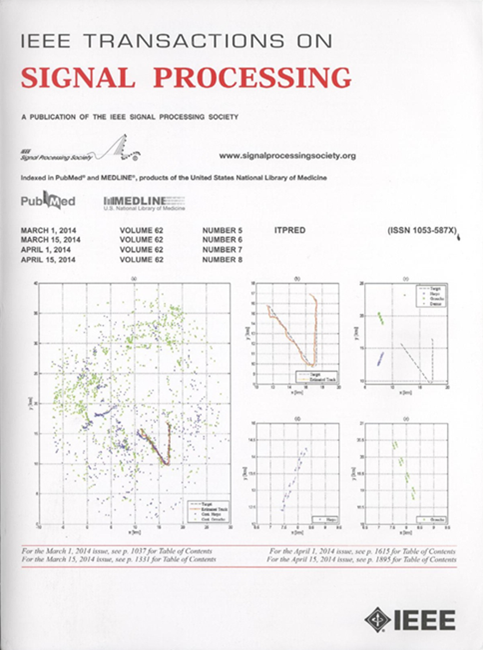用于可视化数据的张量补全网络
IF 4.6
2区 工程技术
Q1 ENGINEERING, ELECTRICAL & ELECTRONIC
引用次数: 0
摘要
本文章由计算机程序翻译,如有差异,请以英文原文为准。
Tensor Completion Network for Visual Data
Tensor completion aims at filling in the missing elements of an incomplete tensor based on its partial observations, which is a popular approach for image inpainting. Most existing methods for visual data recovery can be categorized into traditional optimization-based and neural network-based methods. The former usually adopt a low-rank assumption to handle this ill-posed problem, enjoying good interpretability and generalization. However, as visual data are only approximately low rank, handcrafted low-rank priors may not capture the complex details properly, limiting the recovery performance. For neural network-based methods, despite their impressive performance in image inpainting, sufficient training data are required for parameter learning, and their generalization ability on the unseen data is a concern. In this paper, combining the advantages of these two distinct approaches, we propose a tensor Completion neural Network (CNet) for visual data completion. The CNet is comprised of two parts, namely, the encoder and decoder. The encoder is designed by exploiting the CANDECOMP/PARAFAC decomposition to produce a low-rank embedding of the target tensor, whose mechanism is interpretable. To compensate the drawback of the low-rank constraint, a decoder consisting of several convolutional layers is introduced to refine the low-rank embedding. The CNet only uses the observations of the incomplete tensor to recover its missing entries and thus is free from large training datasets. Extensive experiments in inpainting color images, grayscale video sequences, hyperspectral images, color video sequences, and light field images are conducted to showcase the superiority of CNet over state-of-the-art methods in terms of restoration performance.
求助全文
通过发布文献求助,成功后即可免费获取论文全文。
去求助
来源期刊

IEEE Transactions on Signal Processing
工程技术-工程:电子与电气
CiteScore
11.20
自引率
9.30%
发文量
310
审稿时长
3.0 months
期刊介绍:
The IEEE Transactions on Signal Processing covers novel theory, algorithms, performance analyses and applications of techniques for the processing, understanding, learning, retrieval, mining, and extraction of information from signals. The term “signal” includes, among others, audio, video, speech, image, communication, geophysical, sonar, radar, medical and musical signals. Examples of topics of interest include, but are not limited to, information processing and the theory and application of filtering, coding, transmitting, estimating, detecting, analyzing, recognizing, synthesizing, recording, and reproducing signals.
 求助内容:
求助内容: 应助结果提醒方式:
应助结果提醒方式:


